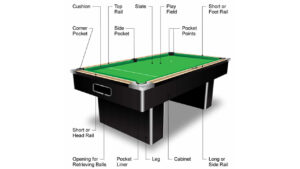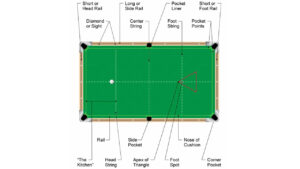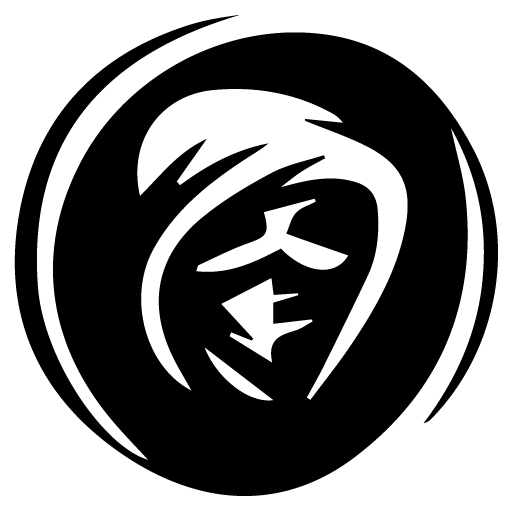Billiard Pool Table Anatomy

Billiard Pool Table Anatomy
Corner Pocket: Holes at the corners of the pool table where the balls fall.
Cushion: Cloth-covered bumpers found inside the rails where the balls bounce off of.
Top Rail: The rail at the head of the pool table.
Side Pocket: One of the two holes on either side of the pool table and midway the long rails.
Slate: The bed of the pool table and is made up of heavy, finely milled rock.
Play Field: The playing surface of the pool table.
Short or Foot Rail: The short rail found at the bottom or foot of the pool table.
Short or Head Rail: The short rail found at the top or head of the pool table.
Opening for Retrieving Balls: A hole on the side of the pool table for retrieving balls that fell into the pockets.
Pocket Liner: The hard part of the pockets where balls hit against before rolling down the gulley boot.
Leg: The foot of the pool table.
Cabinet: The large wooden rectangular frame usually made of thick planks of hardwood.
Long or Side Rail: The rails encompassing the length of the pool table.
Diamond or Sight: The markings above the rail cushions used as reference points.
Center String: The line that starts from the second diamond on either of the side pockets and runs across the center of the pool table.
Foot String: The imaginary line that runs horizontally from the second diamond of both long rails.
“The Kitchen”: The area on the pool table directly behind the head string.
Rail: The wooden part outside the cushion.
Head String: The line that starts from the second diamonds from on either of the side pockets from the head rail that runs horizontally across the center of the pool table and sometimes drawn on the cloth.
Foot Spot: Where the center ball is placed in the triangle rack.
Nose of Cushion: The protruding part of the cushion.


